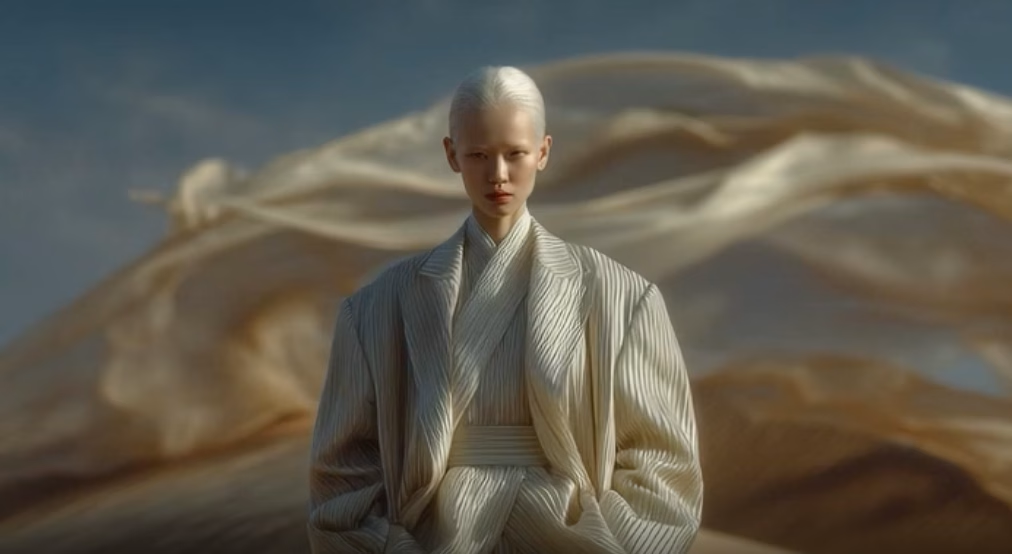Midjourney Unveils V1 Video Model: A New Chapter in AI Content Creation
Well, here we are, folks. Another day, another groundbreaking leap in the world of AI. Just when we thought image generation was hitting its stride, Midjourney, a name synonymous with stunning AI artistry, has officially pulled back the curtain on its V1 Video Model. Launched on June 18, 2025, this isn't just an incremental update; it's a significant expansion, a bold step into the dynamic realm of video. And honestly, it's pretty exciting to watch this space evolve so quickly.
For years, Midjourney has captivated us with its ability to conjure incredible visuals from simple text prompts. Now, they're letting us animate those static masterpieces. Imagine taking one of your favorite Midjourney creations and, with a few clicks, bringing it to life. That's the promise of V1, and it's a game-changer for digital artists, content creators, and frankly, anyone with a spark of curiosity.
What V1 Brings to the Table
So, what exactly does this new model do? At its core, Midjourney's V1 Video Model allows users to transform static images into short video clips. We're talking clips ranging from a snappy 5 seconds to a more substantial 20 seconds. This isn't about generating feature films (not yet, anyway!), but about adding a layer of motion and narrative to existing visual assets. Think of it as giving your still images a pulse, a subtle breath of life.
Navigating the AI Landscape: Trends and Tensions
Midjourney's pivot to video isn't happening in a vacuum. It aligns perfectly with a broader trend we're seeing across the AI industry: the relentless push towards dynamic content creation. Companies are no longer content with just generating images or text; the next frontier is motion, sound, and eventually, interactive worlds. This V1 launch follows months of anticipation, with Midjourney even inviting users to rate video outputs on X (formerly Twitter) earlier in June to help refine the model. It’s clear they’ve been listening and iterating.
This move also intensifies the competition within the AI content creation space. We've already seen other players making strides in video generation, but Midjourney's strong user base and reputation for high-quality output mean they're instantly a formidable contender. It's a bit like a chess match, isn't it? Every major player makes a move, and the board shifts.
The Community's Pulse and Expert Insights
The reaction from the community, particularly on platforms like X, has been a mix of palpable excitement and eager anticipation. Users are already dreaming up cinematic possibilities, eager to experiment with animating their existing image libraries. It's a testament to how deeply integrated Midjourney has become in many creative workflows.
Experts and industry analysts, while sharing the enthusiasm, are also approaching the situation with a measured perspective. They acknowledge the model's potential to revolutionize content creation, democratizing access to tools that once required significant technical skill or budget. But they also caution about those ongoing legal implications I mentioned. How these legal challenges play out will undoubtedly shape the future of AI-generated content, not just for Midjourney, but for the entire ecosystem. It's a tightrope walk, for sure.
Looking Ahead: The Road from V1 and Beyond
The implications for user accessibility are massive. By offering an affordable and intuitive tool, Midjourney is effectively putting video creation capabilities into the hands of a much broader audience. This could spark a new wave of creativity, enabling individuals and small teams to produce content that was previously out of reach. While it's a global release, we might see faster adoption in regions with robust digital content creation communities, like North America and Europe. But the potential is there for everyone.
